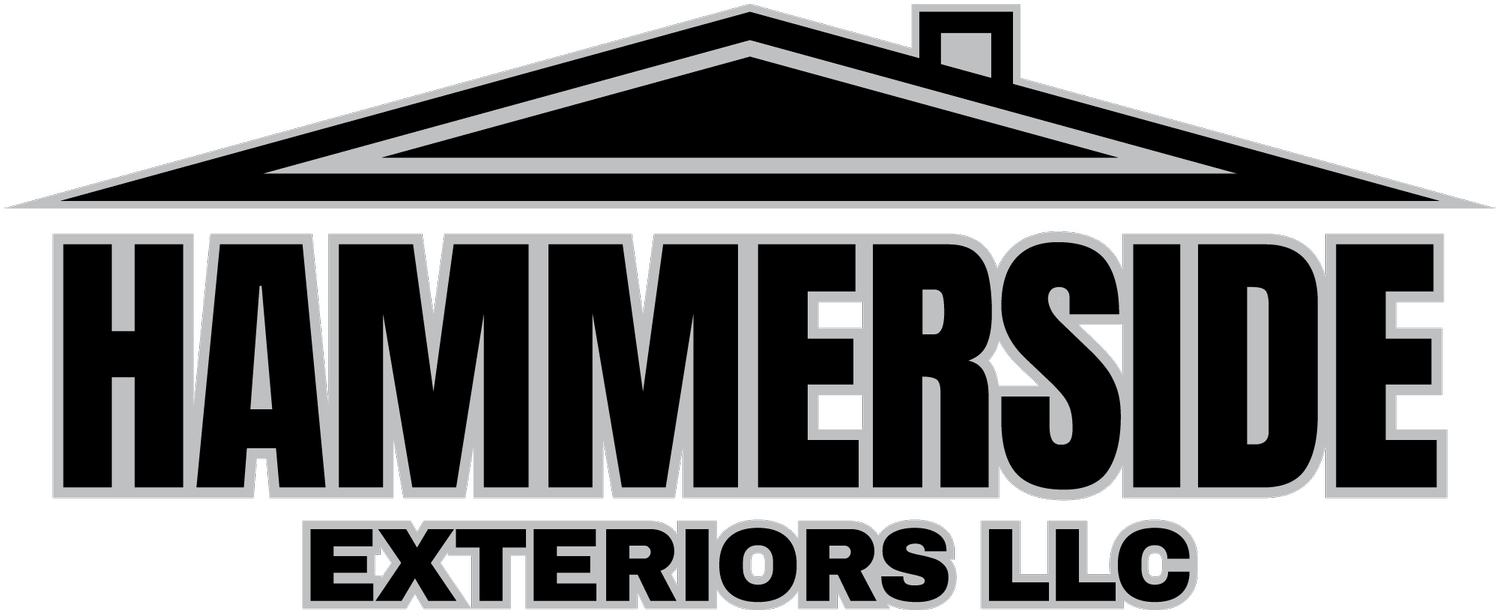Popular Siding Colors for Homes
(from the front porch of Hammerside Exteriors)
“If the house were a person, siding would be its winter coat.”
—Paul, our lead installer, after scraping ice off a scaffold one January morning
Choosing that “coat” is equal parts style and survival here in southeast Minnesota. Between sun-baked summers, prairie winds, and freeze-thaw cycles, the color you pick has to look right in every season and hold up for decades. Below you’ll find the hues Rochester families have been gravitating toward lately, plus a few insider tips we’ve learned after years of watching paint chips in every kind of Midwest weather.
How We Built This Short-List
Local Light Matters – Snow amplifies brightness November-through-April; a color that looks gentle in July can glare in January.
Historic Meets New – Olmsted County is a jumble of 1880s Victorians, 1960s ranches, and contemporary infill. We chose shades that play nicely with mixed architecture.
Maintenance Reality – Our crew tracks how pigments fade, chalk, or heat-soak over time so you don’t have to learn the hard way.
1. Warm Whites & Creams
Why neighbors love it: Nothing makes trim pop—or holiday lights sparkle—quite like a soft white. Modern siding lines offer subtle undertones (almond, ivory, pale gray) so the look isn’t “builder basic.”
Pairs well with: Matte-black gutters, brick chimneys, or a bright red front door.
Real-world tip: Ask for solar-reflective coatings; they keep surface temps lower and fight algae streaks come spring thaw.
2. Mist & Charcoal Grays
What’s changed: Gray used to mean dull battleship vinyl. Today’s palettes include cool “mist,” neutral “smoke,” and near-black “charcoal.” Each hides Minnesota road dust better than white but still feels fresh.
Design trick: Mix two depths—lap siding in medium gray with board-and-batten gables in charcoal—for subtle dimension.
Weather watch: Darker grays do absorb more August heat. If your garage faces south, step one shade lighter there.
3. Prairie Browns & Sandy Beiges
Why it works here: Rochester sits between farm fields and forested bluff country; earth tones ground a home in that landscape.
Customer favorite: “Riverbed,” a taupe that shifts from khaki in summer sun to mocha against winter snowbanks.
Maintenance angle: Browns mask soil splash and mulch dye along the foundation line—less power-washing, more weekend freedom.
4. Lakeshore Blues
From sky to siding: Soft cadet blue reads neutral on overcast days; deeper navy turns dramatic under floodlights.
Curb-appeal hack: White window trim against navy siding evokes classic Minnesota lake cottages—even if you’re on a city cul-de-sac.
Longevity note: Blues fade slower than reds or yellows. Opt for factory-baked color if you’re planning a long stay.
5. Evergreen & Sage
Nature’s camouflage: Deep green melts into mature pines, while muted sage flatters prairie grasses. Both are HOA-friendlier than you might think.
Accent advice: Keep fascia and soffits simple (white or natural cedar) so the green remains the hero.
Thermal bonus: Mid-tone greens split the difference on heat gain—warmer than white in January, cooler than black in July.
6. Heritage Reds
Still Minnesotan after all these years: Barn red + crisp snow is postcard perfection.
Modern twist: Dusty “Rouge” and earthy “Terracotta” soften the contrast for suburban lots.
PS: Red pigments can chalk sooner; choose premium fade-resist formulations and rinse pollen each spring.
7. Jet Black & Soft Black
For the bold (and the minimalist): Black siding with natural wood accents looks straight out of a Scandinavian design feed.
Reality check: You’ll see higher wall temps on sunny facades; budget for extra-thick insulation and a high-performance housewrap.
Local example: We wrapped a Zumbrota farmhouse in matte black LP® SmartSide—neighbors still slow down to stare.
Four Questions to Answer Before You Order Samples
What direction does my front elevation face?
South and west walls fade fastest; choose UV-stable hues there.Do I plan to change my roof in the next ten years?
Shingle color should harmonize with siding—redoing the roof last can save regret.How close are my mature trees?
Heavy shade skews undertones cooler; bring the sample outside under that canopy.Which chores do I hate?
If ladder work isn’t your thing, steer away from colors that reveal dirt or mildew quickly.
Ready to See These Colors on Your House?
Grab a coffee and swing by our design studio (just off Highway 14). We’ll pop your photos into our visualizer, talk through sun angles, and send you home with real 12-inch samples—all free, no pressure. After all, siding is something you’ll admire (or question) every day for the next 30 Minnesota winters. Let’s make sure it’s the former.
Questions now? Call or text the Hammerside Exteriors team any time—yes, even during snow season. We’re real people who like houses and the folks who live in them.

